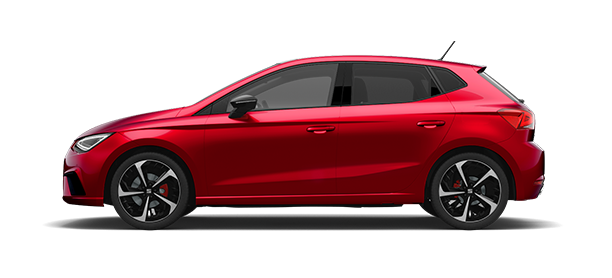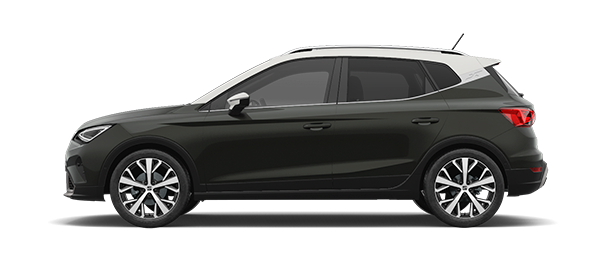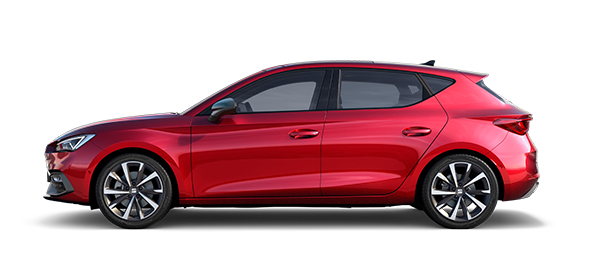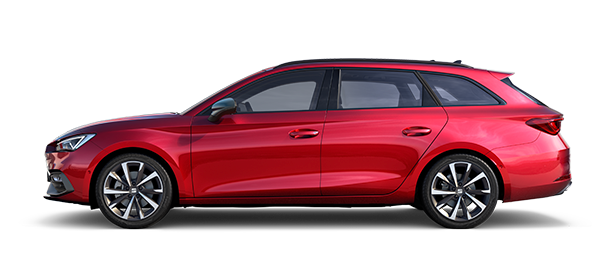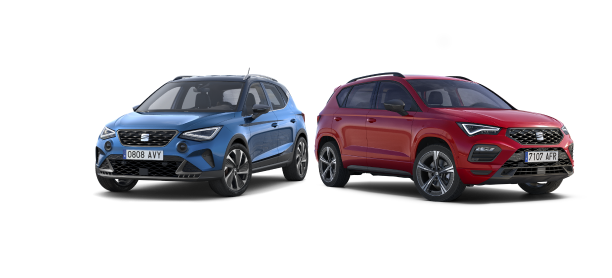There is no plan B. In order to achieve an ecological transition, it’s essential to step on the accelerator of the electric car. This transformation involves major challenges, like the one facing SEAT S.A., which is taking a step forward with its Future: Fast Forward plan to lead the way towards electrification in Spain and from Spain. But this paradigm shift goes beyond the automotive industry. The electric future belongs to everyone, regardless of their age and interests. For this reason, Ángel Suárez, Head of Vehicle Physics at SEAT S.A., explains it in 5 different terms.
1. A future for the future.
The transformation towards electrification will involve all levels of society.
Childhood and electric mobility. Both represent tomorrow, which is why it’s crucial they relate to each other. Alejandra Herrera is 6 years old and wants to know what her first car will be like. “100% electric, for sure” Ángel tells her. By 2035, when Alejandra is old enough to buy one, the European Union aims for all new vehicles to be zero-emission. But the little girl doesn’t know how they work. “Just like your toys, with a battery, but this one has enough energy to charge 6,000 mobile phones at the same time” he explains.
2. New supporters of sustainable mobility.
Nina Grañena is only 10 years old but she’s passionate about cars. She knows all the characteristics of every model. What she didn’t know is how electric cars contribute to the fight against climate change. “CO2 is a greenhouse gas that retains the sun’s heat on Earth, but too much of it causes global warming. Electric cars enable you to drive without CO2 emissions, thus helping to save the planet” Ángel tells her.
“Customers who recharge their electric cars with energy from renewable sources reduce their CO2 impact during use to zero” continues Ángel. When Nina turns 40 in 2050, the EU should already be climate neutral, “meaning that emissions will be equal to or less than what can be absorbed naturally” Ángel explains.
3. Much more than mobility.
There is no plan B. Electrifcation is key to achieving an ecological transition.
Clément Lemardelé is a doctoral student at the Polytechnic University of Catalonia (UPC) and is another automotive enthusiast. “Our goal is to make Spain a hub for electric vehicles in Europe - imagine the number of opportunities this offers young engineers like yourself!” says Ángel. “With batteries, for example, an enormous field is opening up for innovation in solid-state batteries, which have a higher energy density than current lithium-ion batteries and will therefore offer faster charging and greater range” Ángel goes on to say.
4. Putting Spain on electric wheels.
At 79, Mamen Jover is a pioneer of electromobility. She’s already on her third electric car, but is well aware that the success of the sustainable transition depends on its widespread useage. “Today you’ve travelled 150 kilometres to get here and you’ve got the same distance ahead of you on the way back. Did you have any problems?” asks Ángel. “No, but I was worried about not finding a public charging point” Mamen replies. “First of all, this infrastructure needs to be increased” Ángel explains.
Currently, there are 11,517 public charging points in Spain, according to the Spanish Association of Car and Truck Manufacturers (ANFAC) and the FACONAUTO dealer association, which claims that this number should be multiplied by 30 by 2030. “For our part, we’re working hard to be able to offer longer ranges, shorter charging times and affordable electric cars” Ángel adds. SEAT S.A. is going to launch an urban electric vehicle in 2025.
5. Smart, electric cities.
Paradigm shift goes beyond automotive industry - the electric future belongs to us all.
“The cities of the future will be more sustainable and accessible” says Lucía González Navarrete, co-founder of Edenway & Natives, a consultancy specialising in the sustainable transformation of cities, territories and businesses. “Electric cars will be key in these cities, as they will contribute to improving air quality and reducing noise” says Ángel. Currently, traffic is by far the main source of noise pollution in Europe, according to the European Environment Agency.
“It’s a new form of mobility and electric vehicles will have to be connected and work in collaboration with other formulas, like micro-mobility, public transportation and so many other things we’ll discover in the coming years” adds Lucía. It’s clear to Ángel - “There are many challenges ahead of us, so let’s go for it!”





